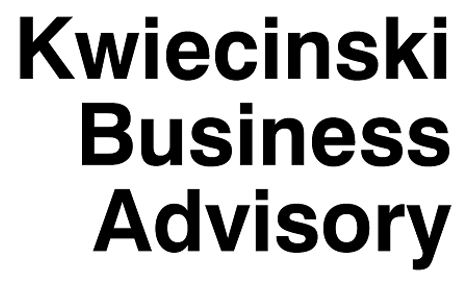Our research shows that there are 5 basic types of risk that customers take into account when deciding on whether or not to travel by air. In the full article we’ve listed those risks along with good aviation industry practices, but have we also included examples of strategies from other industries, which may serve as an inspiration. Read the full article
Coronavirus: a chance for a beneficial behavioural change
Coronavirus is an opportunity. Yet our perception is biased and influenced by many mental shortcuts. The panic around the outbreak shows that it is hard to overcome those biases. But we can use the knowledge about human behaviour to protect ourselves from COVID-19 and from many other infections. Read our article on how we can do it here: https://medium.com/@wearekba.com/coronavirus-a-chance-for-a-beneficial-behavioural-change-fd1346373bb7
Why investing in empathic design pays off?
One of the reasons why you might be here reading our words is that you doubt investing in empathetic design would yield an attractive return. Thank you then for giving us a chance for convincing you of importance of properly designed research.
First we’ll see how costly launching an innovation without proper research can be. Second, we’ll provide you with a great story about how beneficial empathizing with a user could be when it brings a game changing insight into a business.
Acquiring and retaining talent becomes easier with human-centered design
An increasing need for qualified employees, especially those who take part in digital change, is a big deal for today’s companies. Employers are facing two main struggles: attracting new talents to join the company and retaining them by keeping their heart close to where your company is. Can we design a workplace which would address those struggles? A workplace which would tune with its employees to keep them motivated and creative, and keep them for long? How to become a ‘love brand’ among employees and transform them into company ambassadors?
The Devil’s advocate can save your design process
Photo source: Service Experience Camp
Marta and Andrzej ran an open session during last Service Experience Camp in Berlin. It was about coping with mental shortcuts that appear commonly in design processes. In 3 different groups they worked on 3 different popular mental shortcuts:
First was confirmation bias, commonly known as ‘my-side bias’. This kind of selective thinking makes us cherry pick information in line with our initial beliefs or hypothesis (frequently happening in testing phase).
Second was the bandwagon effect affecting our thinking among others and having an effect commonly known as groupthink (thinking & decision making primarily because other people think or do something, regardless of own beliefs). This one can lead us to poor-quality decision-making in any phase of the process.
Third bias we had on the table was the Ikea effect. It’s about liking and investing more in things (or ideas) we devoted our time and/or effort to (or assembled them ourselves). In a design process that could mean overinvestment into ideas where it’s not objectively justified. In the worst case scenario that could lead to sunk cost fallacy.
All 3 groups worked independently designing solutions that were aiming to prevent and/or fight the biases in design processes. And each of the groups addressed a different bias. Unexpectedly all of the groups brought up the same number 1 solution for each type of bias. It was playing the devil’s advocate!
What does that mean in your design process? Always consider the opposite or the alternative. Force yourself to look for the observations that would prove you wrong. Imagine your project going wrong and ask yourself why. This way you’ll definitely know if the idea you invest in, has strong objective pillars.
Obviously, there were more solutions we discussed. If you’re interested in having a quick view at those, please see the presentation from our session here.
Three steps to properly design „Warsaw as a service”
In our previous article, we talked about the need for Warsaw to work towards improving the services which allow to have a good quality of life in the city, and therefore developing its human capital. In our opinion, as Euro 2012 was a stimulus to improve city’s infrastructure, we see Brexit as the best moment to start looking at improving our city services.
There are three important steps for Warsaw to attract more human capitalby working collaboratively with its inhabitants:
think of designing a city as if you were designing a service,
believe in the value of service design,
start experimenting.




